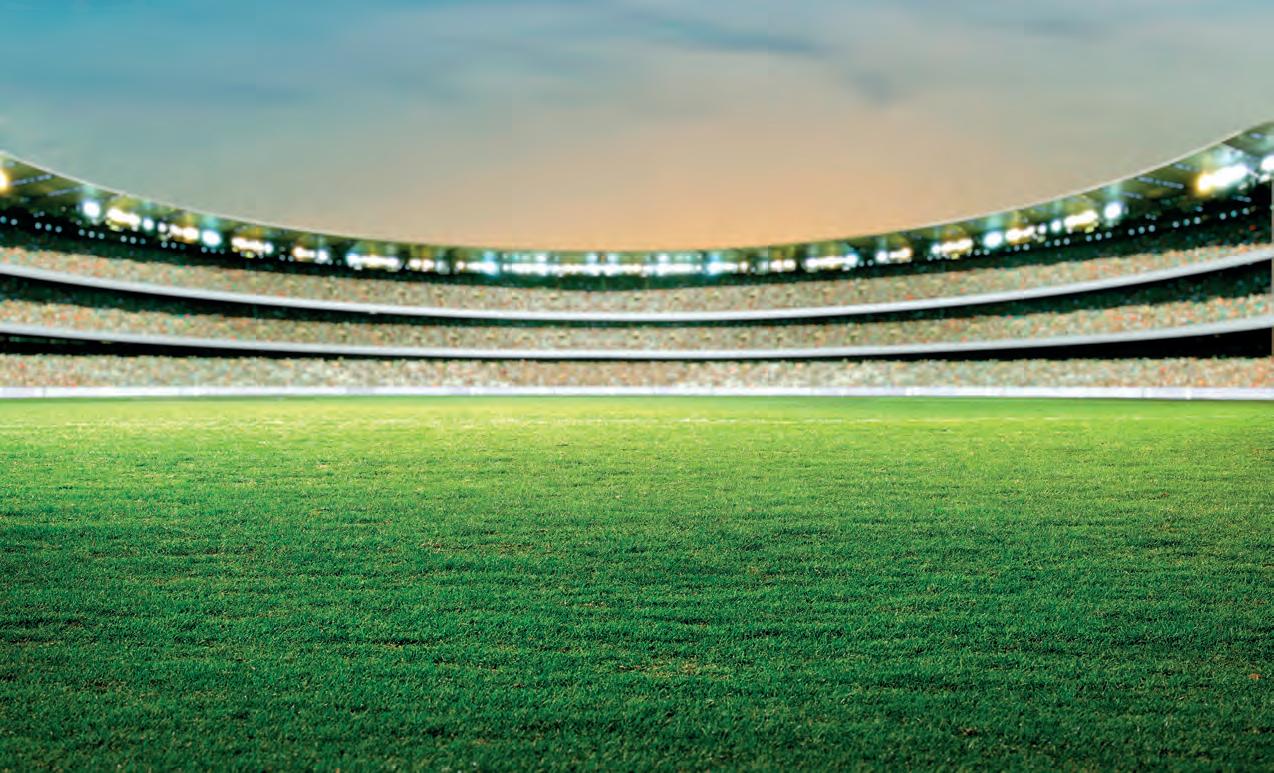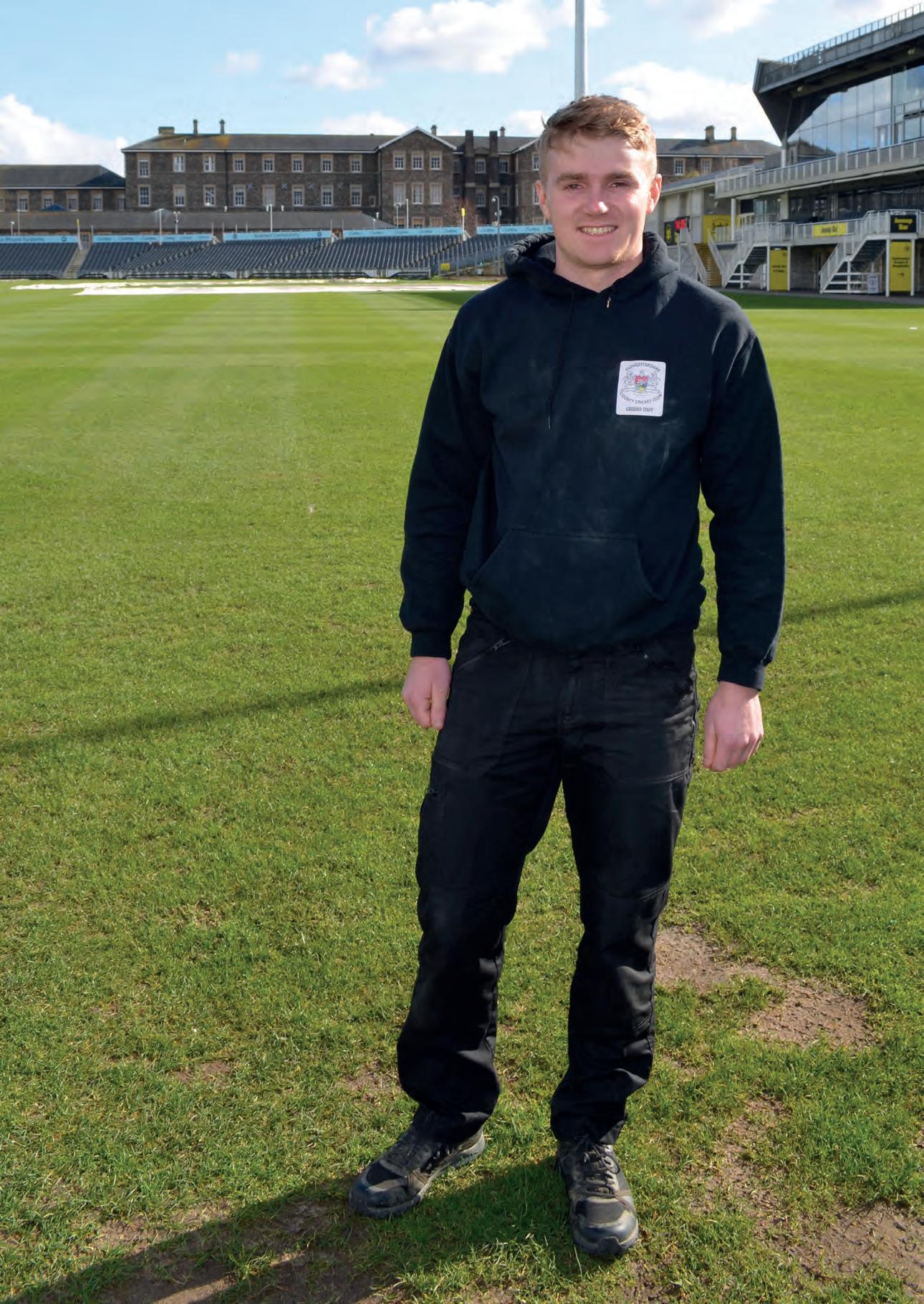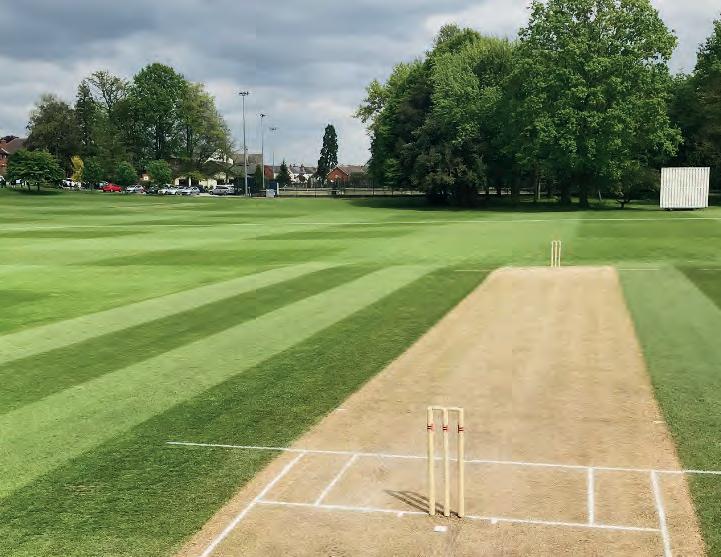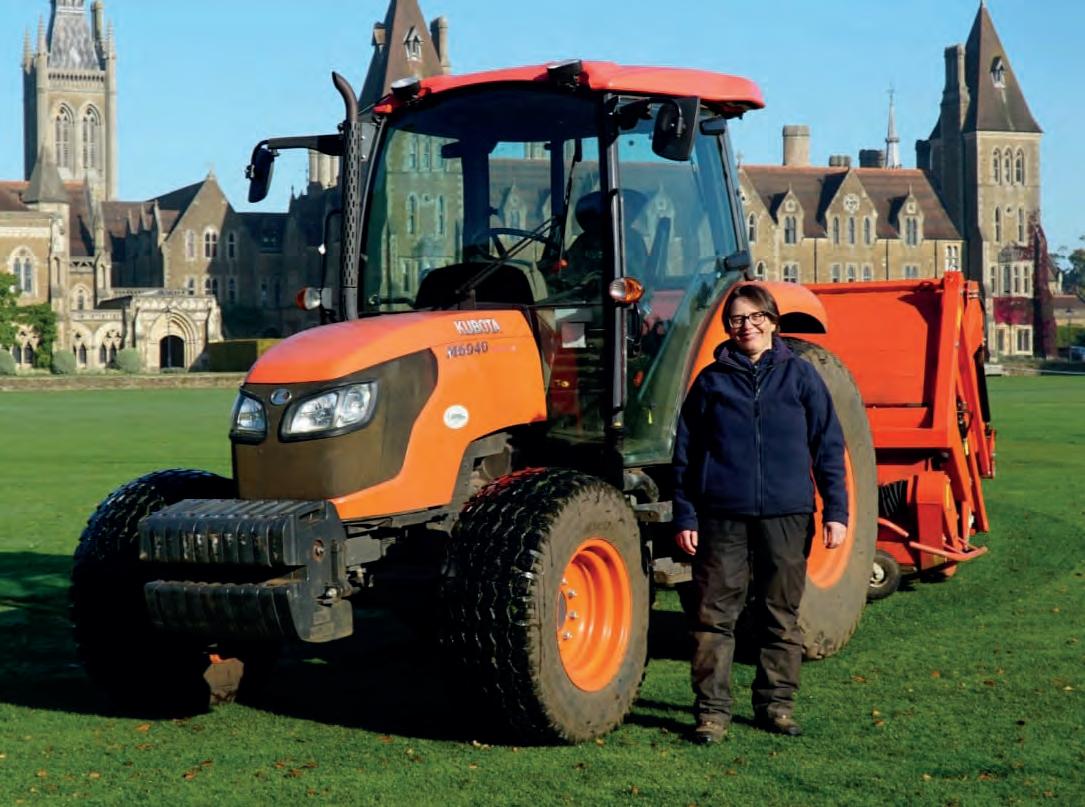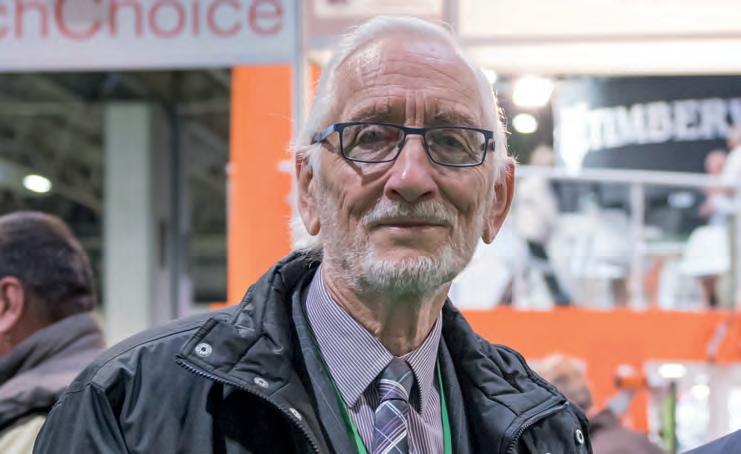
11 minute read
Technical update
BE PREPARED
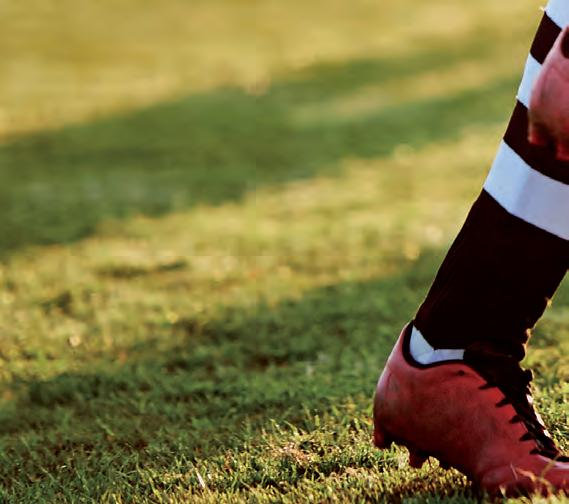
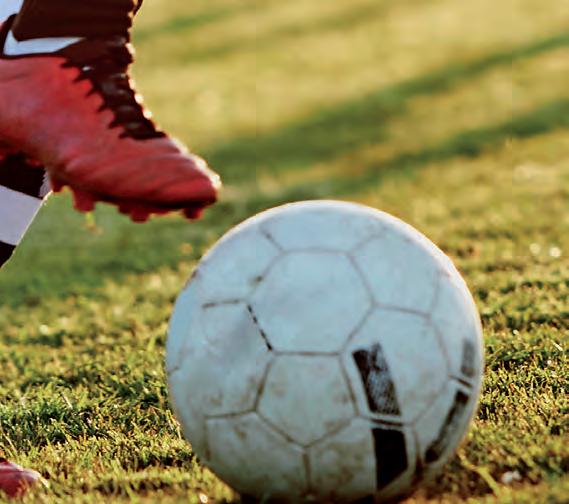



The nation will have many questions about the current and potential restrictions the Government may impose to reduce the transmission of coronavirus and, in terms of the turf care industry, what ongoing sports turf maintenance can be performed to provide a fit-for-play surface when sport resumes. This article sets out what may happen to the surfaces and soils should they be left alone for lengthy periods, what maintenance can currently be done at grassroots level and what works will be needed when play resumes

Jason Booth On behalf of the Grounds & Natural Turf Improvement Programme
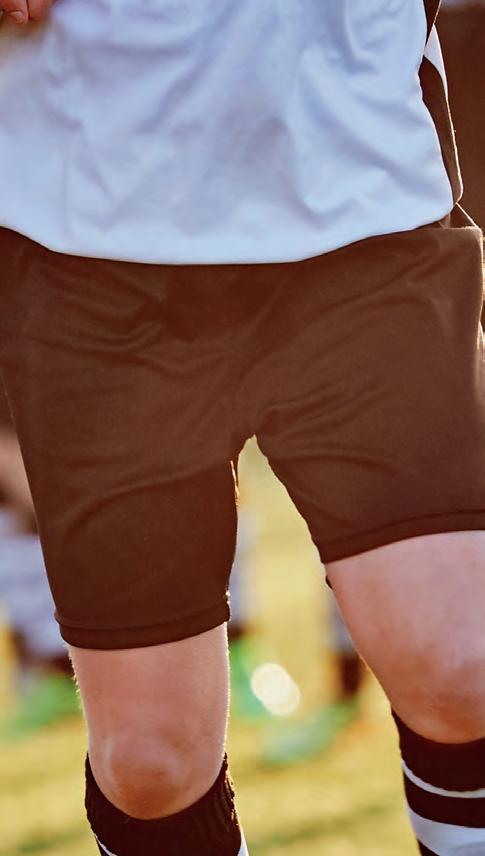
Is it essential?
Your priority is to keep safe, protect others by avoiding contact with those outside your household and maintain social distancing. If you are working, ensure all precautions are taken to avoid putting anyone at risk. If you cannot work safely, you should not be working nor be forced into working by others. Follow Government advice.
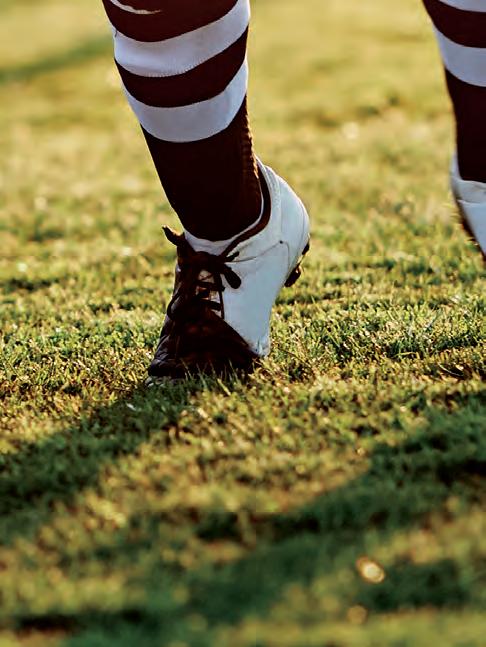
Grass cutting
With reduced wear and tear on the grass, and no need to provide a player experience, then it is possible to let the grass grow a little longer, within reason (see guidelines). The grass will be under less stress by being longer. The sward will open out a little, which will reduce disease pressures (less humidity among the leaves) and will encourage greater root growth which, in turn, will improve soil structure, reduce drought stress and improve infiltration and surface stability. Mow regularly to encourage tillering and maintain a good sward density (number of plants per square metre).
If it is left to grow too tall, the grass plant will become ‘leggy’ and ‘clump like’ and sward density will reduce as plants compete against each other. The plant will try to set seed and weeds can establish in the more open sward. It will be hard to get the surface back into a suitable playing condition because the grass may be too tall for the mowers that are available and, as grass height is reduced, the cover will be thin and patchy. It can also be difficult to manage the excess clippings which, if left in large quantities on the surface, can damage the grass beneath. This is particularly important on cricket squares.

Aeration
Aeration improves soil structure, nutrient cycling and soil gas transfer. If carried out with heave, it will reduce soil compaction and increase infiltration rates, encouraging water to move into the soil rather than be lost by evaporation. Roots will be able to explore more of the soil profile and this will help produce a surface which can better withstand wear and tear when play starts again. The soil at aeration depth needs to be dry enough to crumble easily in your hand. If it smears or you can roll it into a ball, it is too wet – wait until it dries further. You may need to spike at a shallower depth initially, then deeper as the soil dries. Don’t aerate if it is coming into a dry spell unless you can irrigate, or if it is already too dry.
Fertilising
Fertilising will encourage growth and could make keeping on top of cutting an even greater challenge. In many cases, there will be no need to apply a fertiliser as it will not need to recover from wear and tear, and the grass will grow naturally using the nutrients already in the soil. If fertilised, it may become too dense and fast growing, increasing disease risk and result in increased mowing and scarification requirements. If fertilising is considered essential, consider an autumn/winter fertiliser to help maintain or improve root growth – without excessive leaf growth that will need more mowing.
Weeds
Weeds are part of everyday life on grassroots playing surfaces. The soil contains many viable weed and grass seeds, and some will germinate. Normally they need space to do so. If you can minimise bare patches and brush off worm casts quickly, weed establishment will be slowed down.
Research into turf management under lockdown
A NEW RESEARCH project could provide answers to the pressing questions of managing turf under lockdown, with results reported weekly as the trial progresses to enable grounds teams to make informed decisions.
Sponsored by Syngenta, in association with ICL and STRI, the initiative will give an insight into the implications of lower intensity mowing regimes on fine turf surfaces, along with some of the techniques to more effectively manage growth.
The trial at Bingley, Yorkshire, led by STRI’s Dr Christian Spring, will deliver up-to-the-minute results of the effects on turf quality, and suggested actions to help maintain playing surfaces for when play can resume.
STRI’s team will provide weekly trial updates and advice from observations of sward height, uniformity, clipping yield, colour and overall turf health. The ‘Managing turf under lockdown’ project will also include investigations of the results of different mowing regimes on poa/ bentgrass, with five, three or one cut per week.
The height of cut for all of the treatments will be 5mm, to reflect current practice and enable turf to optimise use of water and nutrient resources, as well as reduce disease pressure.
Syngenta technical manager, Marcela Munoz, said: “At a time when many fine turf managers have been forced to reduce mowing frequency, they need answers to what the effects will be on turf quality for the future. Rapid reporting of the findings from the trial could help them to make better decisions to maintain turf more efficiently and effectively through this period.”
Weekly reports and videos from the initiative will be available at www.greencast.co.uk with further advice and commentary on the GreenCast Advisory blog and Twitter @syngentaturfuk
Local repairs
Where possible, and where resources permit, take time to repair areas that have always caused issues – typically with light renovations by hand forking (or machine, if a large area), a light fertiliser application, overseeding and light topdressing followed up with regular watering to aid germination and establishment. This may not be considered to be essential works unless restricted to small areas that are genuine problem areas and would need work doing to them anyway.
Irrigation
Irrigation should be carried out as needed but do not over-irrigate as too much water will affect growth and may impact soil conditions to the extent that compaction occurs with subsequent maintenance operations. If your ability to irrigate is limited, focus on those areas with the weakest grass growth or newly sown grass.
Getting surfaces back into ‘fit for play’ condition
If left with minimal or no maintenance, then inevitably the playing surface will be affected detrimentally. But the surface will not be beyond repair and you can get it back in a playable condition in a fairly short period. It will be important that you have a plan in place and ready to go when the restrictions are lifted. This will include ordering products, machinery and equipment, organising a working group and employing contractors if needed.
It is important that some form of reduced but regular maintenance work has been carried out during this period, so that a gradual reduction in mowing height over, say, a two-week period can be achieved. A gradual increase in the usual maintenance activities, including a fertiliser application to help encourage a thickening of the sward, will help to quickly produce a suitable playing surface. Potential actions include: •
If grass length is too long, scarify or flail mow to cut down vegetation, remove some thatch, surface debris and unwanted grasses. Arisings should be collected where possible.
Chain harrow with rough side down to level any areas as well as possible and create a seed bed.
Apply selective herbicide (any spraying should be undertaken by a qualified specialist).
Introduce a regular mowing regime to encourage rejuvenation of the grasses.
If required, overseed at a rate of 30-40gm/m 2 in at least three directions.
Fertiliser – carry out a soil analysis and devise a fertiliser programme tailored to your surface. The length of time needed to become playable and to the required standard will also depend on the condition of the surface in the first place – which will be helped by regular but reduced maintenance practices during this difficult time. The main message is to continue with your typical maintenance practices but at the minimum intensity necessary to meet the basic needs of your surface. In all cases, have an ongoing dialogue with your club/ league/employer to agree what is essential, to enforce safe working practice and ensure sufficient leadin time to get the surface safe and match ready. ■
Note: These are abridged versions of the GMA guidelines.
Please visit www.thegma.org.uk/covid-19-0 for ‘live’ updated advice.
Sport England (www.sportengland.org) has made available £195 million of support which includes a £20 million Community Emergency Fund for clubs and community organisations to bid into. Grants between £300 and £10,000 are available. The Lawn Tennis Association (www.lta.org.uk) has announced a multi-million pound package of additional funding and measures to support those involved in tennis, including additional support for tennis venues. The Rugby Football Union (www.englandrugby.com) has launched a support fund worth £7 million for community clubs in England to help them cope with the uncertainty created by the pandemic. The Rugby Football League (www.rugby-league. com) will receive £16 million from the Government. Super League, Championship and League 1 clubs in England can apply for loans.
Bowls Mowing heights of cut (HoC) during non-play
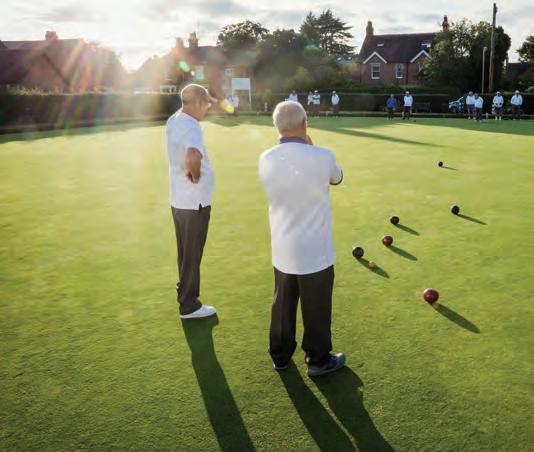
Suggested HoC:
18-22mm (a typical winter height will be fine for the current situation)
How much to remove:
Max 1/3rd of leaf height Frequency: Once or twice per week, where possible Comments: Encourage a thicker sward and roots
Suggested HoC:
20 – 25mm
How much to remove:
Max 1/3rd of leaf height Frequency: Once or twice per week, where possible Suggested HoC: 8-12mm (a typical winter height will be fine for the current situation) How much to remove: Max 1/3rd Frequency: Twice weekly, where possible Comments: This would possibly allow for grass height
Square
Outfield
before cut of 12mm-18mm at this time of year
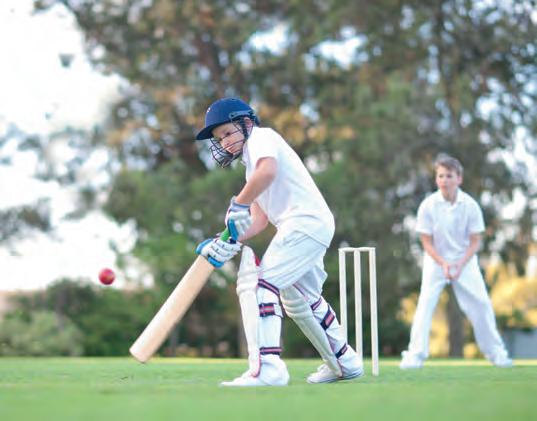
Non-turf pitches should be brushed, and the weeds and moss removed, then rolled if needed (on dynamic based pitches, wet them well beforehand).
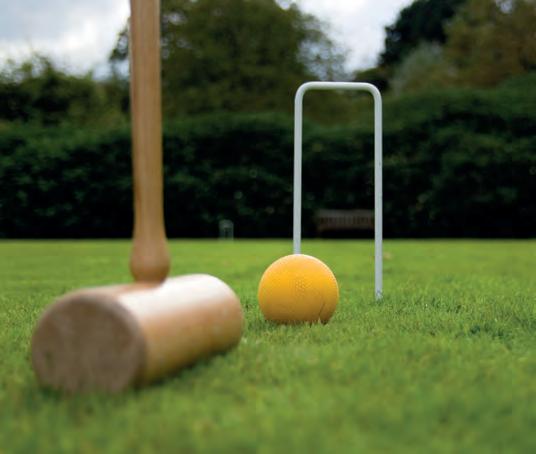
Suggested HoC: 12-18mm (a typical winter height will be fine for the current situation) How much to remove: Max 1/3rd Frequency: Twice weekly, where possible Comments: This would possibly allow for grass height before cut of 18mm-28mm at this time of year

Suggested HoC: 100mm (not normally longer than usual). Try not to allow the grass to get too long and thin the sward density How much to remove: Max 1/3rd Frequency: Once per week, where possible, with the clippings returning to the surface Comments: Maintaining this HoC will help maintain root growth which is vital for horse racing On synthetic surfaces, an occasional working of the material would be required. Take the opportunity to top up infill levels and repair features such as fencing. Depending on how long ago the surface was taken out of use, some decompaction would also typically be beneficial. Back to ‘fit for use’ condition: You may need time to irrigate Suggested HoC: 40-50mm How much to remove: Max 1/3rd Frequency: Once per week, where possible Comments: During a cold snap/drought frequency of cutting could be reduced. Cut in dry conditions
Horse racing Mowing heights of cut (HoC) during non-racing (not necessarily out of season)
Racing Flat and Jump
Point to Point (In preparation to race in October)
– avoid full heat of day
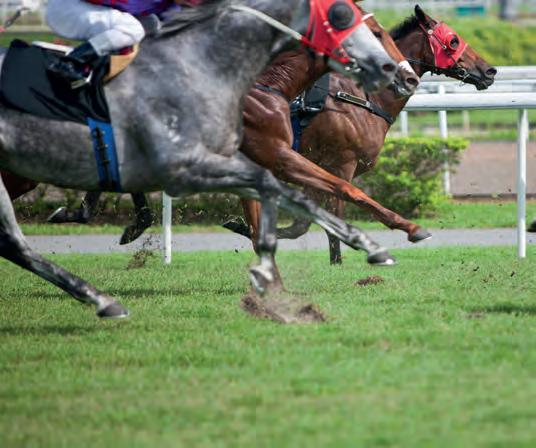
to produce ‘safe ground’ and, if needed, apply a fertiliser to help the grass take the wear and tear from racing. Two weeks will allow time for the British Horseracing Authority to inspect the course prior to racing. Ensure all operations conform to British Horseracing Authority General Instruction: (3.2 Annex A Best Practice)
Rugby (League and Union) Mowing heights of cut (HoC) during non-play
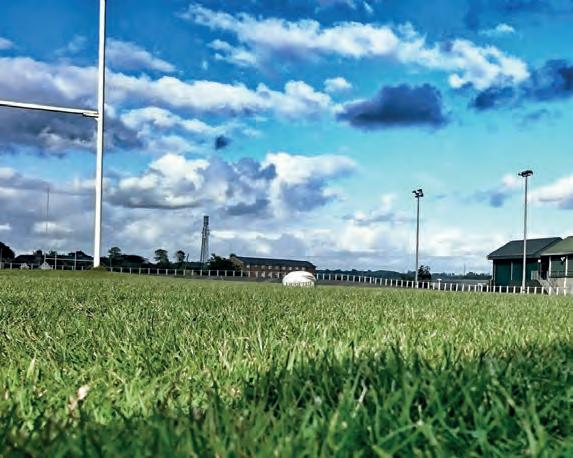
Suggested HoC: 40-50mm How much to remove: Max 1/3rd Frequency: Once per week, where possible Comments: During a cold snap/drought frequency of cutting could be reduced. Cut in dry conditions – avoid full heat of day




